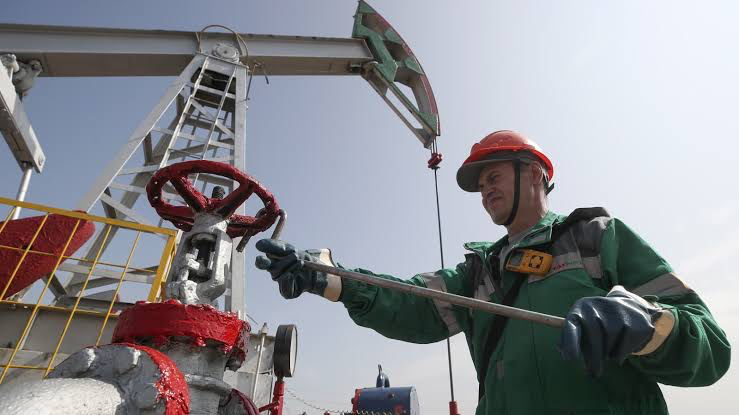Oil prices surged nearly 3% on Wednesday as escalating tensions in the Middle East and a significant drop in U.S. crude stockpiles sparked investor concerns.
Middle East Conflict Fuels Price Increase
The price of global benchmark Brent crude for September delivery, which expired on Wednesday, rose by $2.09, or 2.66%, to settle at $80.72 a barrel. The more actively traded October contract climbed $2.77 to $80.84. U.S. West Texas Intermediate (WTI) crude futures saw an even larger gain, rising $3.18, or 4.26%, to close at $77.91 a barrel, marking the biggest daily gain since October 2023.
These increases follow reports of heightened conflict in the Middle East. The killing of a Hamas leader in Iran and recent military actions in Iraq have raised fears of a broader regional conflict. This comes on the heels of the Israeli government’s claim that it killed Hezbollah’s top commander in Beirut in retaliation for a rocket attack on Israel.
U.S. Crude Stockpiles Decrease
Adding to the market’s momentum, U.S. crude stockpiles fell by 3.4 million barrels last week, significantly more than the 1.1 million-barrel decline anticipated by analysts. This marks the fifth consecutive week of stockpile reductions, the longest streak since January 2021. Matt Smith, lead oil analyst at Kpler, noted that robust exports have offset lower refining activity and strong imports, contributing to the continued drawdown of crude inventories.
“Geopolitical risk remains the key driver of today’s rally,” Smith said. This sentiment was echoed by other analysts, who pointed out that the recent developments have temporarily bolstered oil prices despite other market pressures.
Broader Market Factors
Despite the recent gains, Brent crude ended July with a nearly 7% decline, while WTI was down almost 4% for the month. This overall decline reflects broader market concerns, including fears about fuel demand in China, the world’s largest crude oil importer. China’s manufacturing activity shrank for the third consecutive month in July, according to an official survey, dampening market optimism.
The U.S. dollar index fell by 0.4%, supporting oil prices by making the dollar-denominated commodity cheaper for holders of other currencies. However, ample spare production capacity among OPEC members and concerns about demand continue to weigh on the market.
OPEC+ is expected to maintain its current production policy at its meeting on August 1. The coalition is likely to start unwinding some output cuts from October. Top ministers from OPEC+ will hold an online joint ministerial monitoring committee meeting on Thursday to discuss the situation.
Independent oil analyst Gaurav Sharma suggested that the latest spike in oil prices might be temporary unless significant oil and gas infrastructure is targeted in the ongoing conflicts. He noted that the geopolitical risks are providing a temporary reprieve for oil benchmarks.
The ongoing geopolitical tensions and fluctuating market dynamics underscore the complex landscape facing the global oil industry. As the situation evolves, both regional developments and broader economic indicators will continue to influence oil prices.
Source: Reuters



